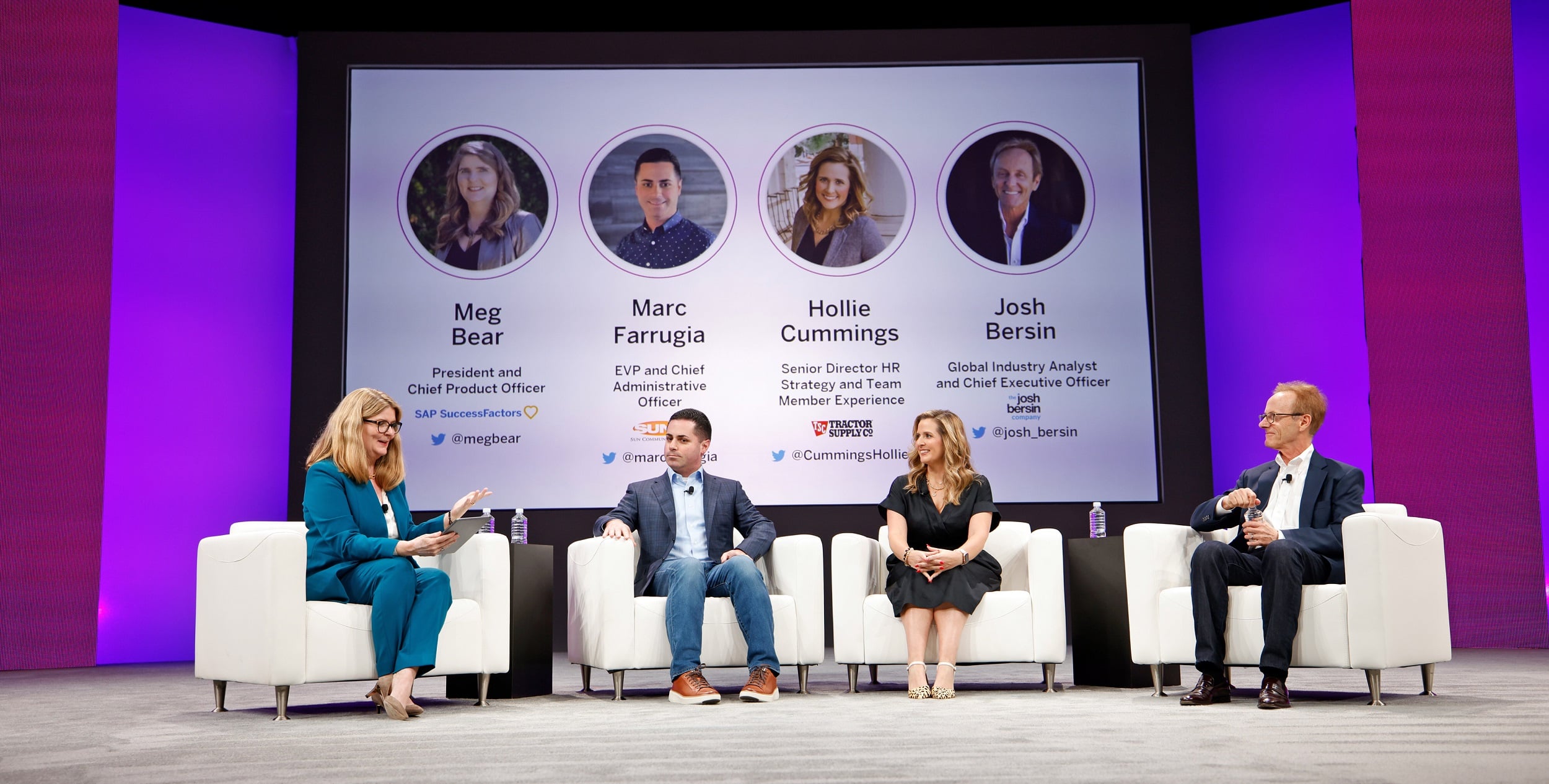Organizations are under constant pressure to keep up with the pace of change and ongoing challenges in the macro-economic environment. The only way they can adapt to industry-wide disruption and evolving work models, according to new IDC research, is to rely on their most important asset: their people.
As many organizations are discovering, however, traditional approaches to human resources (HR) management aren’t working in today’s business world. Faced with inflation, supply chain disruption, labor crises, skills gaps, and a silent mental health epidemic, employers are looking for a new style of HR.
Savvy organizations are moving swiftly to implement long-term strategies that support an agile, skilled, and healthy workforce. Offering employees new opportunities for skills development and learning is one of the ways they are building organizational agility. They are making people sustainability their leading priority for the future of work.
“We’ve been staring down the learning problem for a long time,” said Meg Bear, president and chief product officer for SAP SuccessFactors, at SuccessConnect 2022. “I’m so excited to get past number of hours of training as the metric we look at and start talking about outcomes. How are people growing? What is it meaning to the business? How is it helping them to thrive in their careers?”
Dynamic Time for HR
During the keynote session at SuccessConnect 2022, Bear and global industry analyst Josh Bersin discussed why now is the right time for organizations to build a future-ready workforce through skills and learning – and why the talent supply pipeline is now the top priority for chief executives.

Bersin has talked to thousands of organizations to understand their workforce challenges during this time of industry transformation. “What we basically found is that every company is turning into a different company,” he said. “Industries are converging. Retailers are getting into health care. Communication companies are getting into media. Car companies are getting into electric vehicles and batteries. It goes on industry after industry. As a result of that there is this huge demand for talent.”
Bersin said this is a dynamic time in HR, citing a massive need for reskilling and deployment of people. Despite the pre-pandemic belief that automation would eliminate jobs, today there are not enough people available to fill open roles as companies grow and adapt to macro-economic conditions.
Chief human resource officers (CHROs) are taking their seat at the table to weigh in on some of the biggest opportunities for organizations. “We’re sitting on the most important issues in the entire economy,” said Bersin, who has deep experience advising organizations on corporate learning, HR, and talent management. “Most CEOs have their CHRO’s sitting right next to them for all these issues. I think it is a big upskill and demand for us in HR. It’s a very, very exciting time to be in HR.”
Bersin recalled the “4 Rs” for adding talent: recruiting, reskilling, retention, and redesign. The challenge is that these HR functions are still siloed in most organizations. Addressing the audience, he said, “The real solution to this is for you as an HR group/team/organization to come together and make sure you’re working in an integrated way, because the old model of HR was a service delivery model.” He listed several siloed HR jobs and roles that have gone by the wayside, such as narrowly defined roles for specialists and business partners. “It doesn’t work that way anymore. Everything is connected together. […] It’s a big, big change in the way HR organizations operate.”
Putting People at the Heart of Business
SAP SuccessFactors customers joined Bear and Bersin on stage to talk about their journeys. Tractor Supply Company and Sun Communities & Sun Outdoors have relied on SAP SuccessFactors to thrive through the pandemic and labor shortage, managing changing workforces by making transformative investments in their people. Communication and listening are how they put people at the heart of their businesses.
“I felt that we always did a good job listening to our team, but the pandemic really gave us the opportunity to show that we were listening more than ever before,” said Marc Farrugia, executive vice president and chief administrative officer at Sun Communities & Sun Outdoors, which uses SAP SuccessFactors to maintain constant communication with employees, provide tools and resources, identify skills gaps, and provide opportunities for additional training.
Farrugia is interested in expanding the skills and development possibilities for employees with new innovations featured at SuccessConnect 2022, such as the SAP SuccessFactors Opportunity Marketplace. “People’s choices and aspirations change so rapidly nowadays that giving them tools to communicate effectively and ultimately take charge of their own journey is what I think will help us continue to succeed,” he said.
As the largest rural lifestyle retailer in the U.S., Tractor Supply Company is a “demand-driven, needs-based company,” said Hollie Cummings, the company’s senior director HR Strategy and Team Member Experience. So, when it came time to choose a new software solution for HR, the project team gathered feedback and ideas from the employees. “We were really able to take a step back and listen to our team members. It’s really important for us to listen to them first,” she said. “SAP was a top choice. [It] really matched up with our values and culture.”
Skills and development are top of mind at Tractor Supply Company heading into 2023. “As we look forward to 2023, our key priority will be career pathing, reskilling and upskilling our workforce,” Cummings said. “As we know, sourcing and attracting talent are more difficult today. We want to make sure we’re setting up our teams for success, and they also see a long-term journey with Tractor Supply. That’s really important for us.”



